Shosha Mountain and Engyoji
North of Himeji on top of Shosha mountain there is a thousand year old Tendai Buddhist temple complex called Engyoji (圓教寺). You can take a cable car most of the way up the mountain or you can walk up a steep rocky trail to get there. I like to walk. It is a very popular place to visit in the fall when the Japanese maple leaves turn orange and red. I was there a few weeks ago but decided to go back to see the leaves changing colors. I took a day off in the middle of the week when I had no classes to teach and got to enjoy the serenity and beauty of this beautiful temple complex when there were few people around.
At the start of the trail, just above a small Buddhist temple the kanji for heart/mind is carved into the rocks.
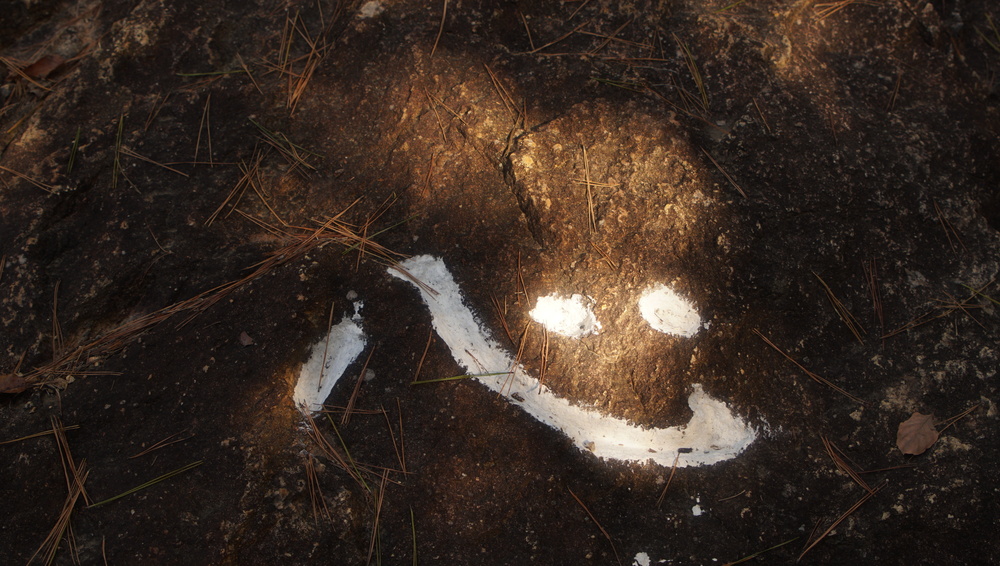
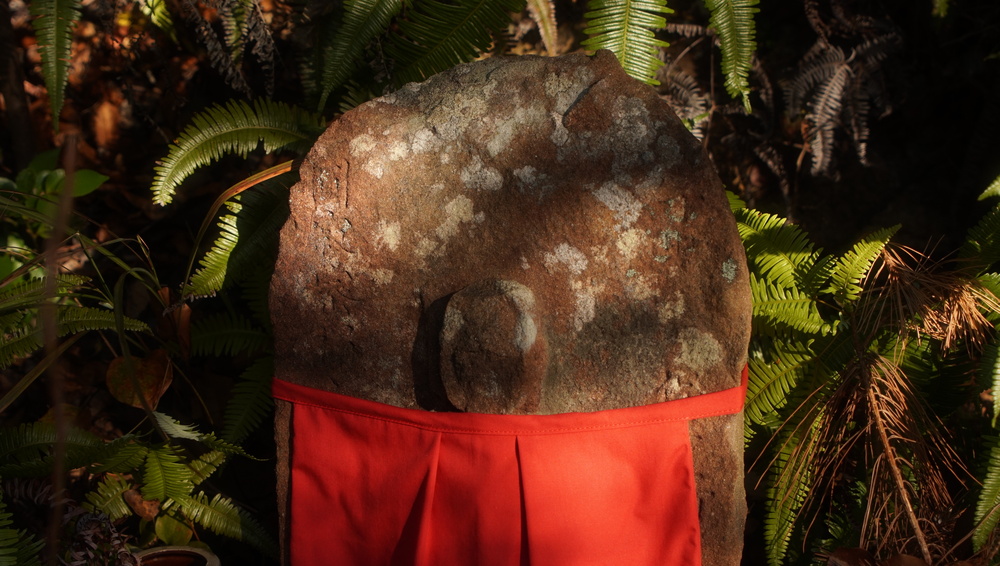
One often sees stone Jizo figures on the side of trails. Jizo is the Japanese name for Kṣitigarbha one of the major Bodhisattvas venerated in Mahayana Buddhism. Jizo is a protector of travellers and also of small children, so Jizo figures are frequently seen by trailsides. But Jizo is also responsible for the care of small children both in this world and in the afterlife, so people who have lost children often leave offerings at the feet of Jizo statues.
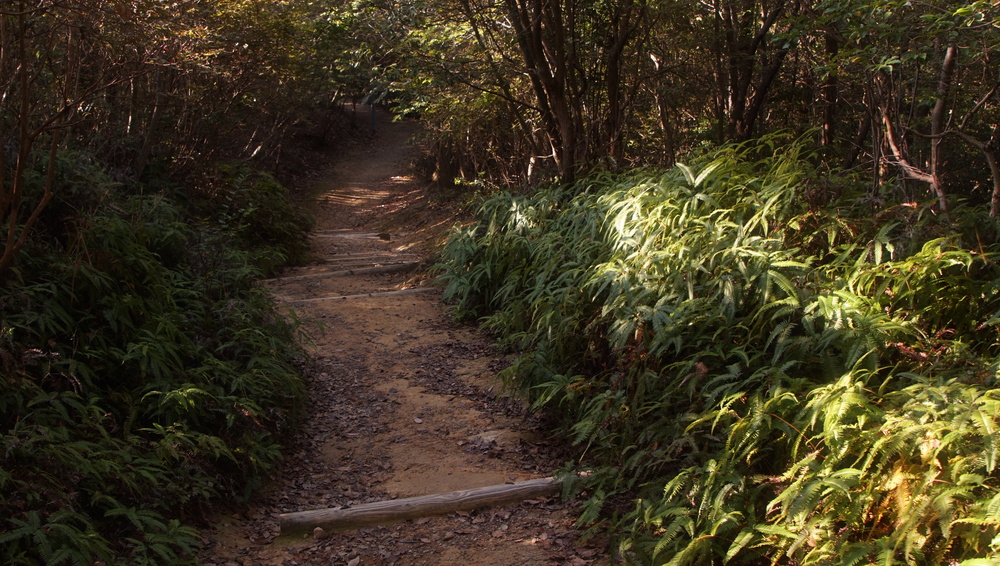
The trail joins the main temple road at the top station of the cable car. From there the road climbs steeply, passing 33 statues of different forms of Kanzeon Bodhisattva (also known as Avalokiteshvara in Sanskrit and Quanyin in Chinese). Kanzeon (観世音) means the one who hears the cries of the world, and is often seen depicted with hundreds or thousands of arms and hands each one of which hold something that someone in need may require.
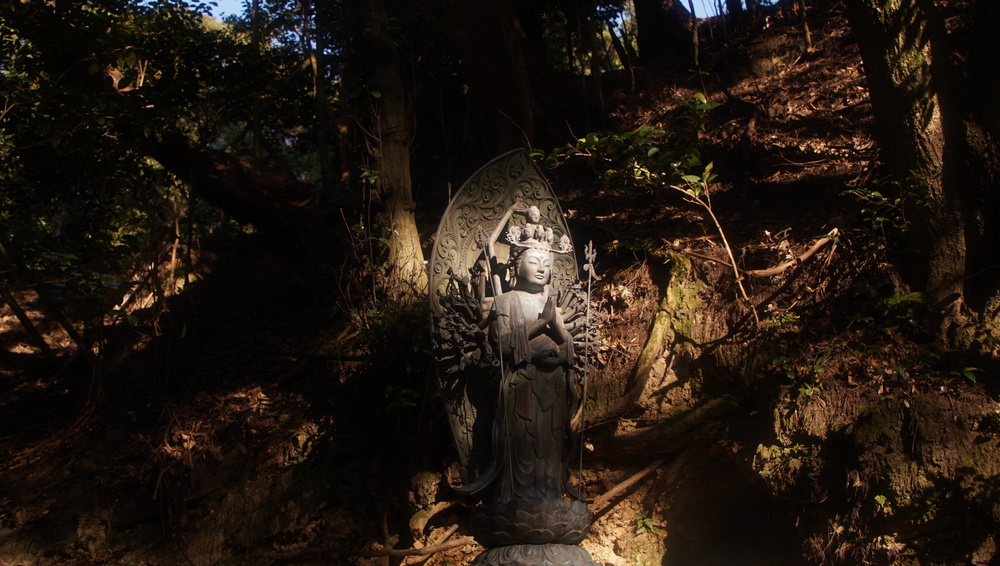
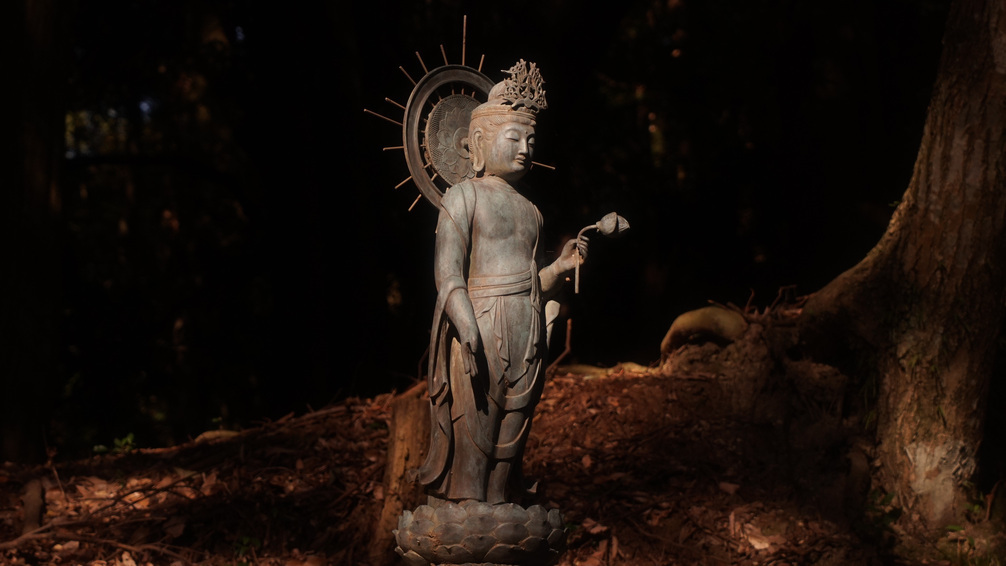
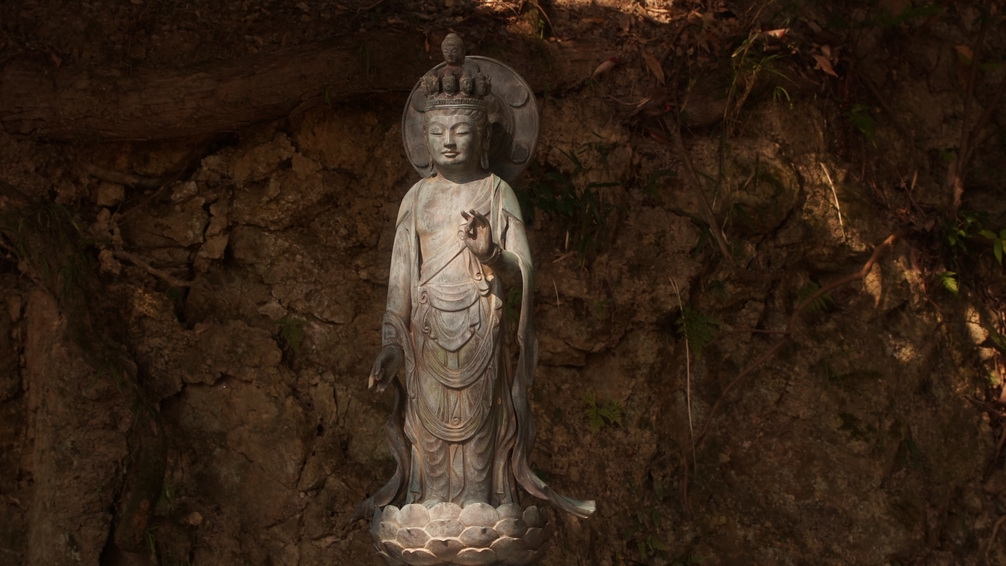
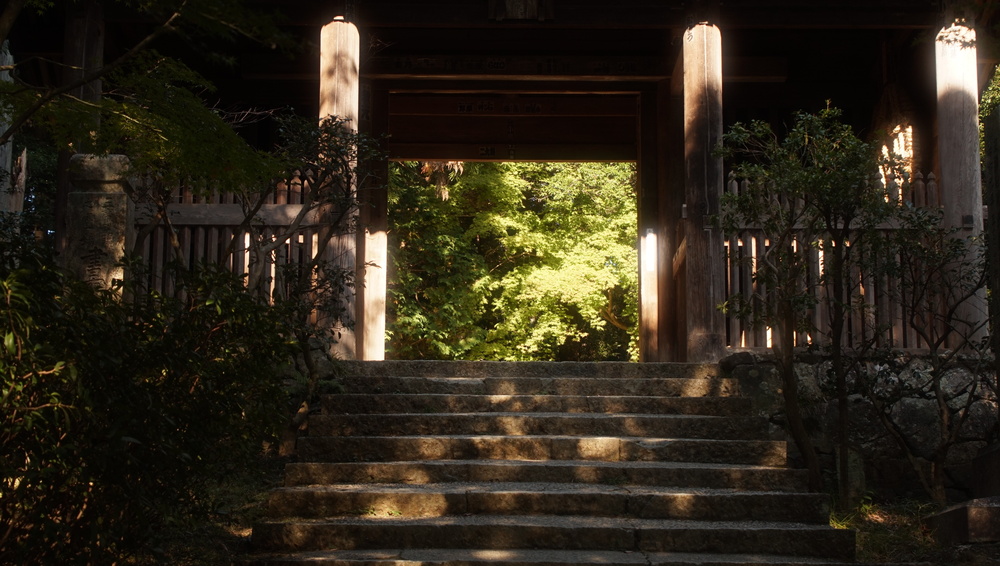
Above the main gate the road continues upwards through a section lined with stone fenceposts bearing inscriptions. I am not sure but I think these inscriptions are in honor of benefactors of the temple.
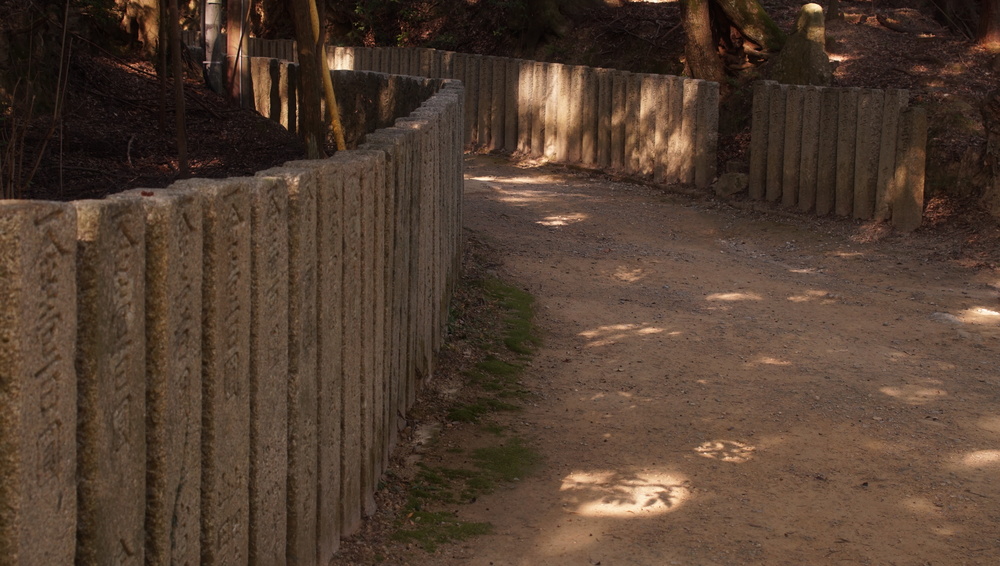
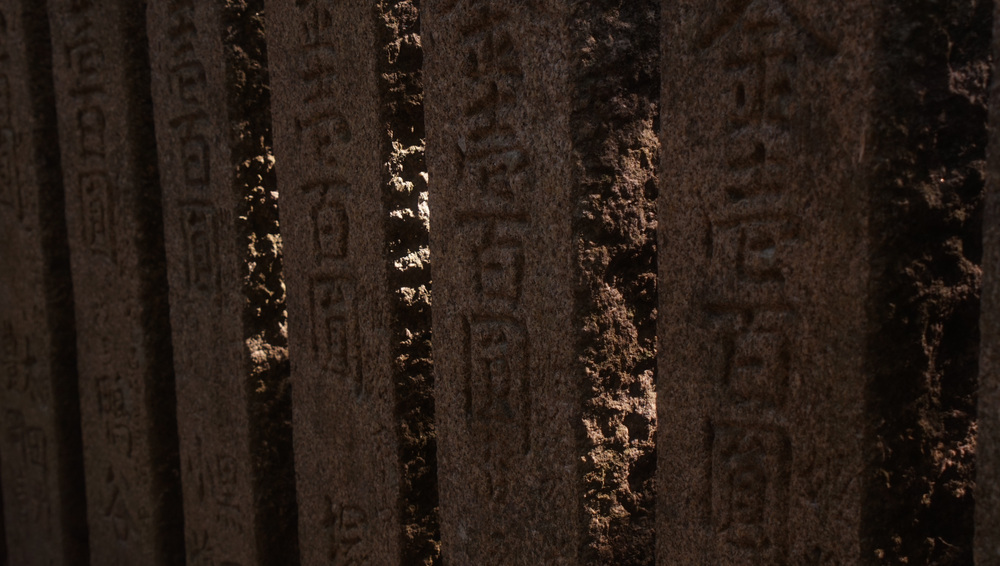
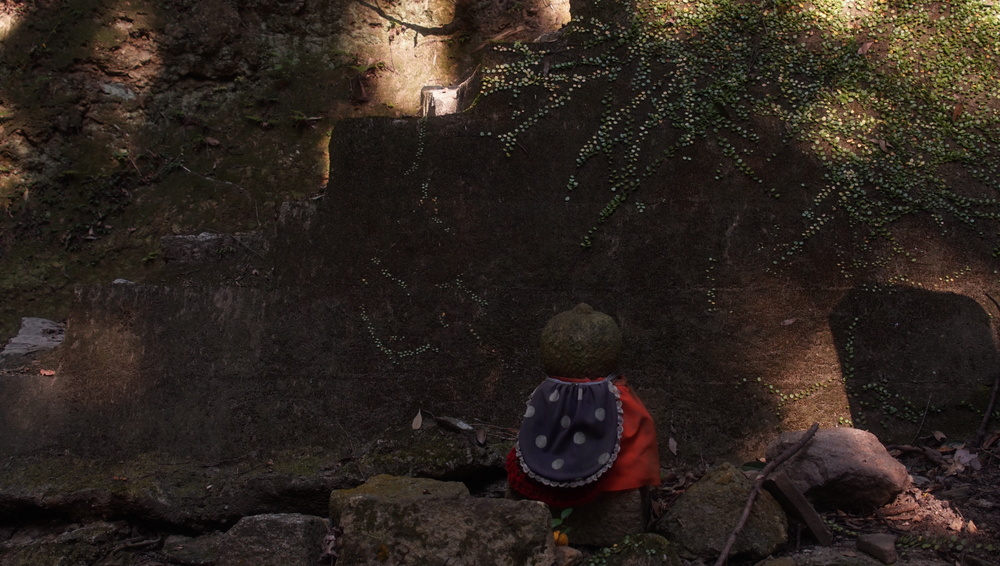
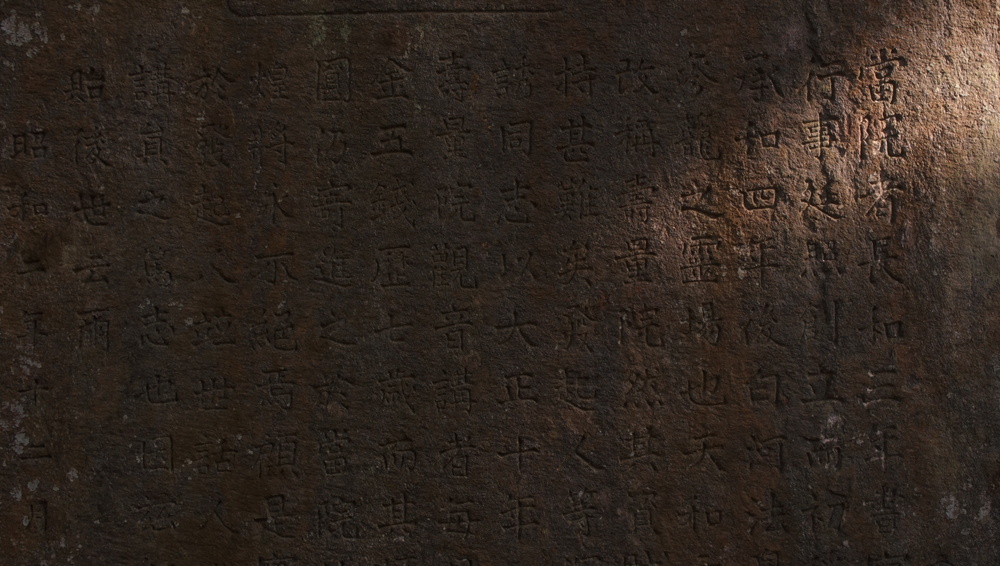
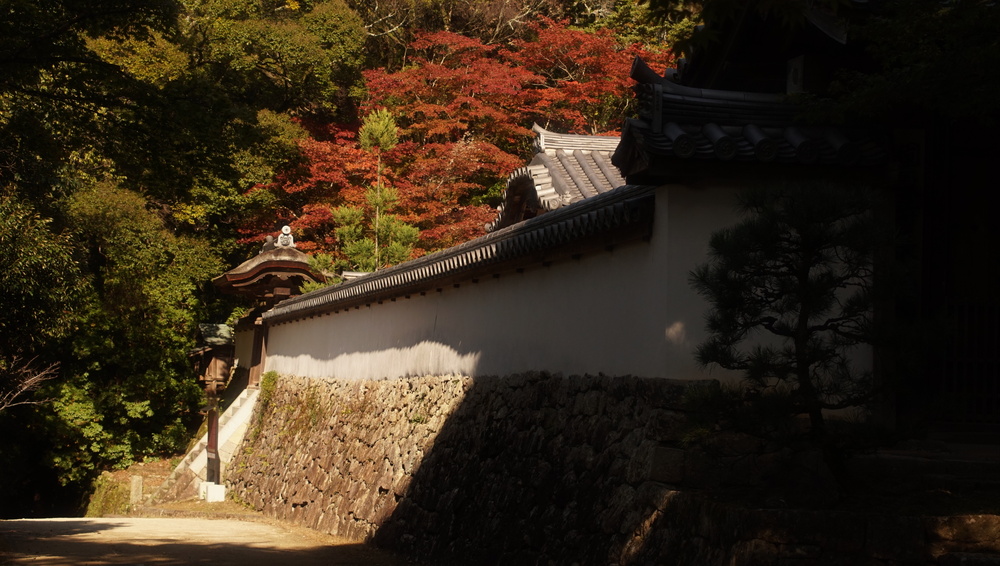
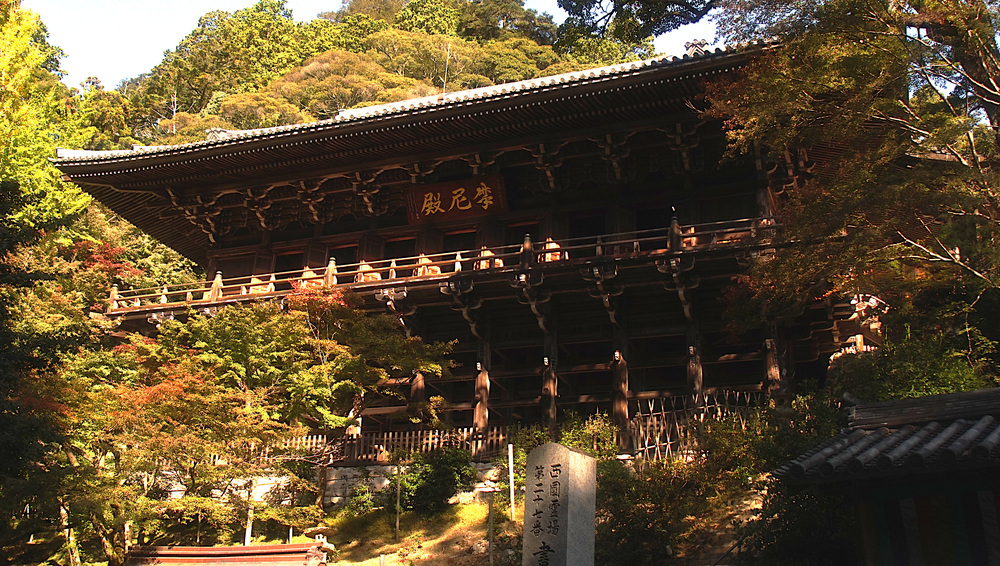
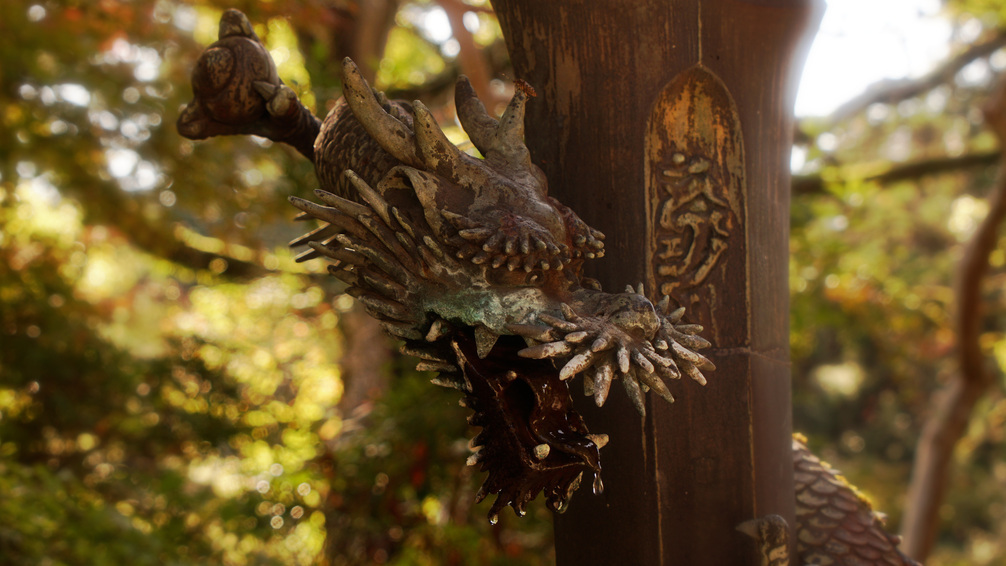
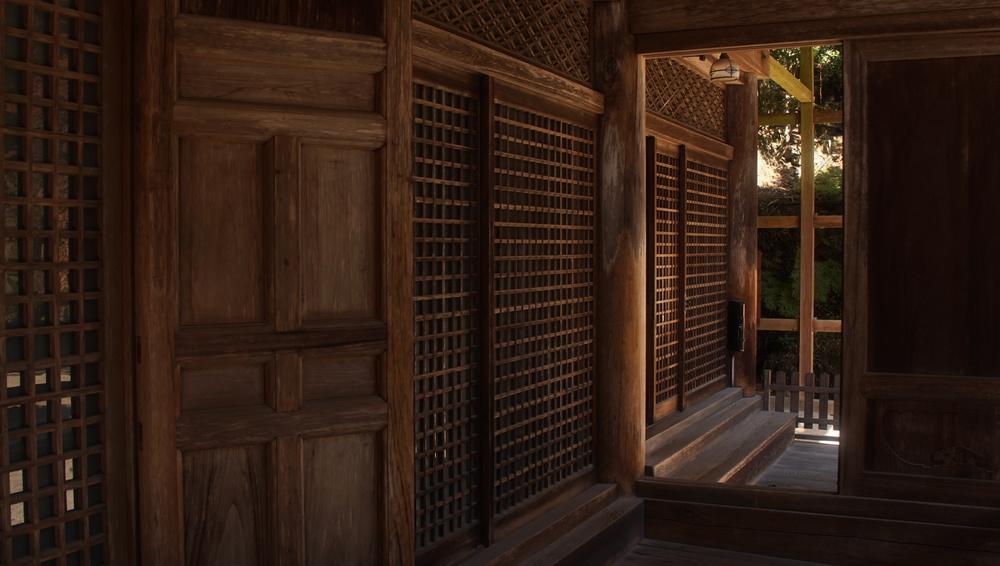
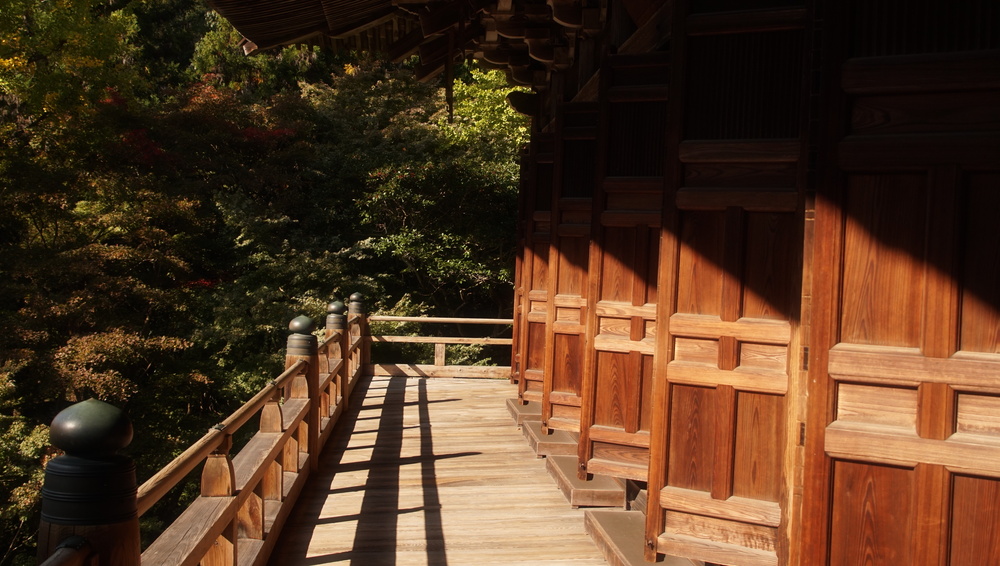
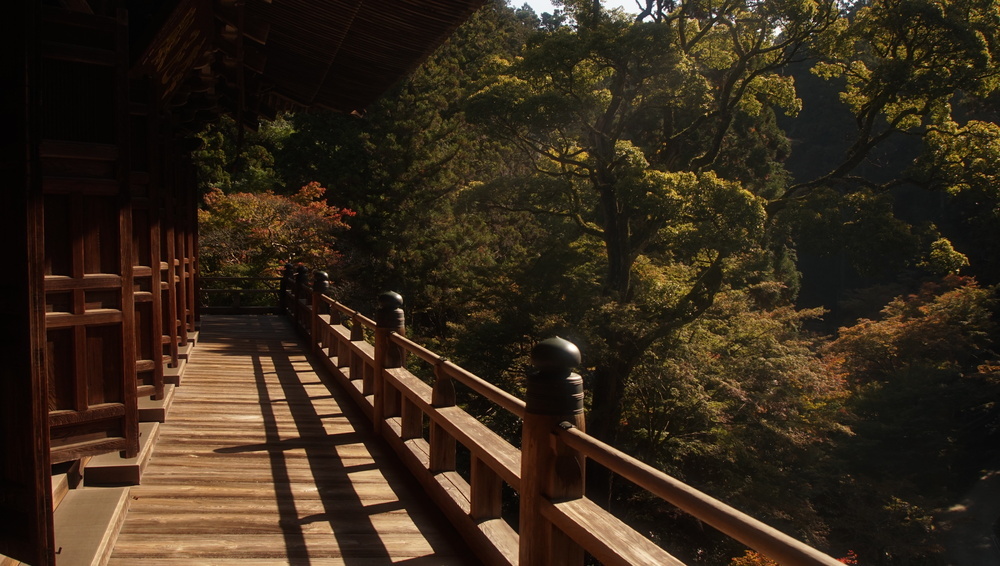
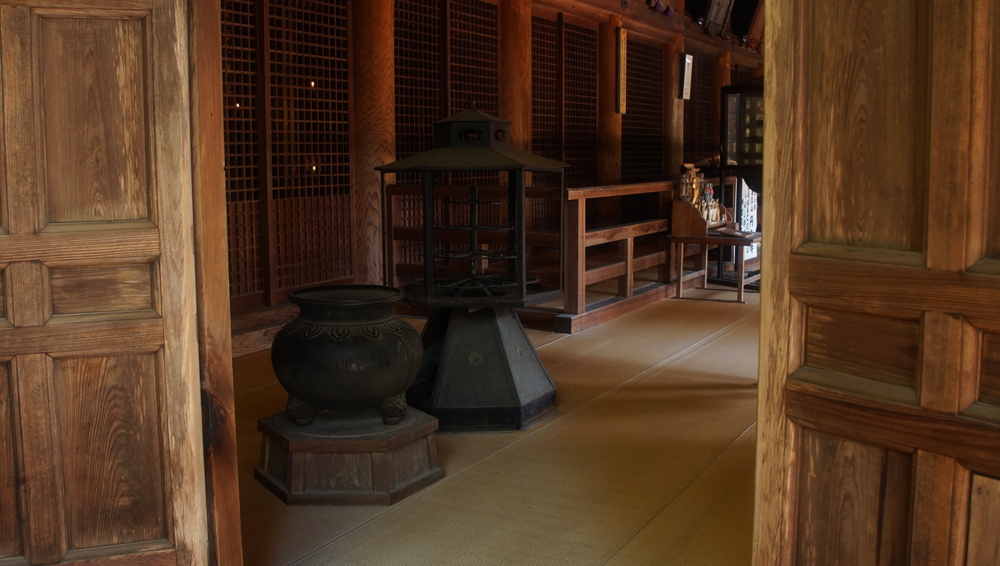
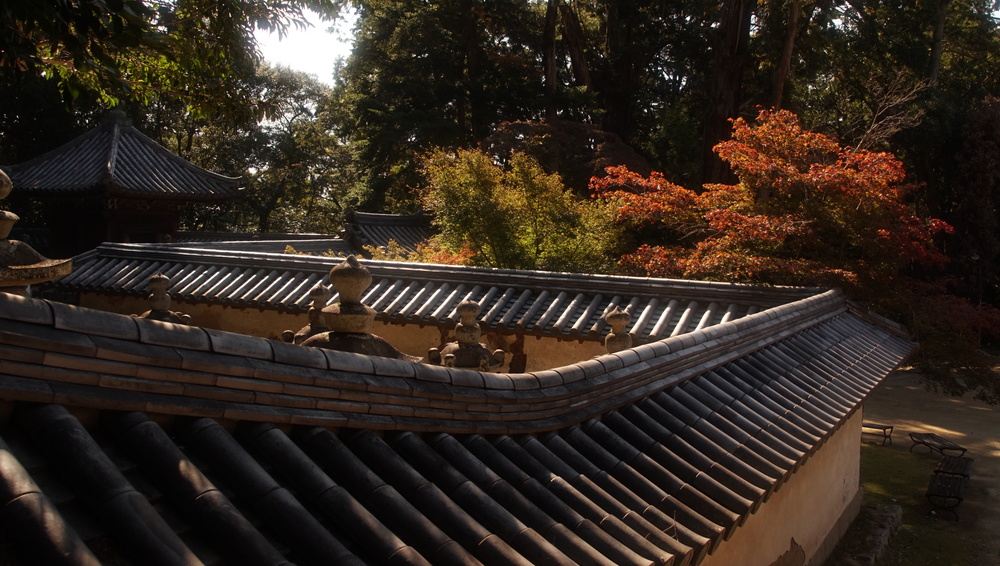
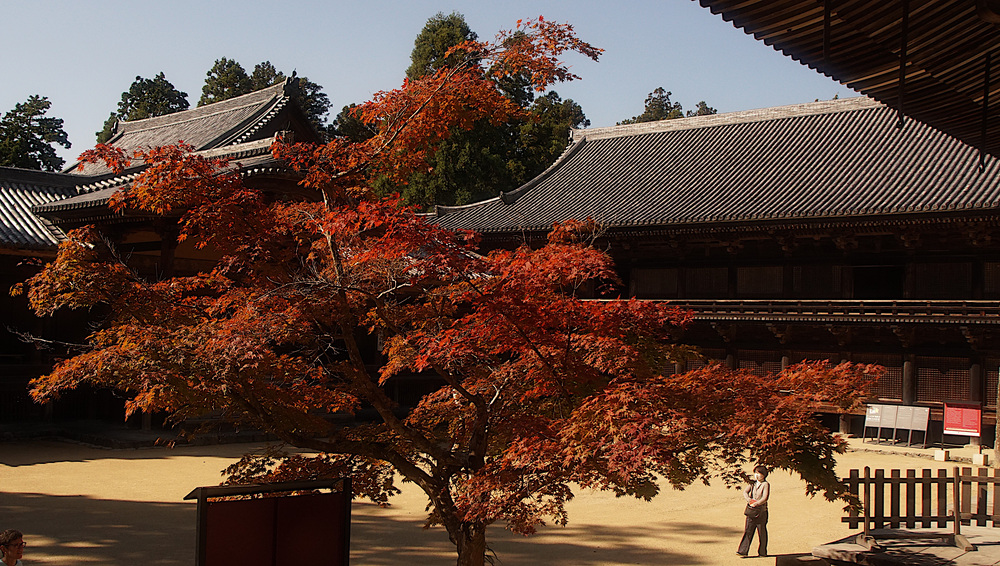
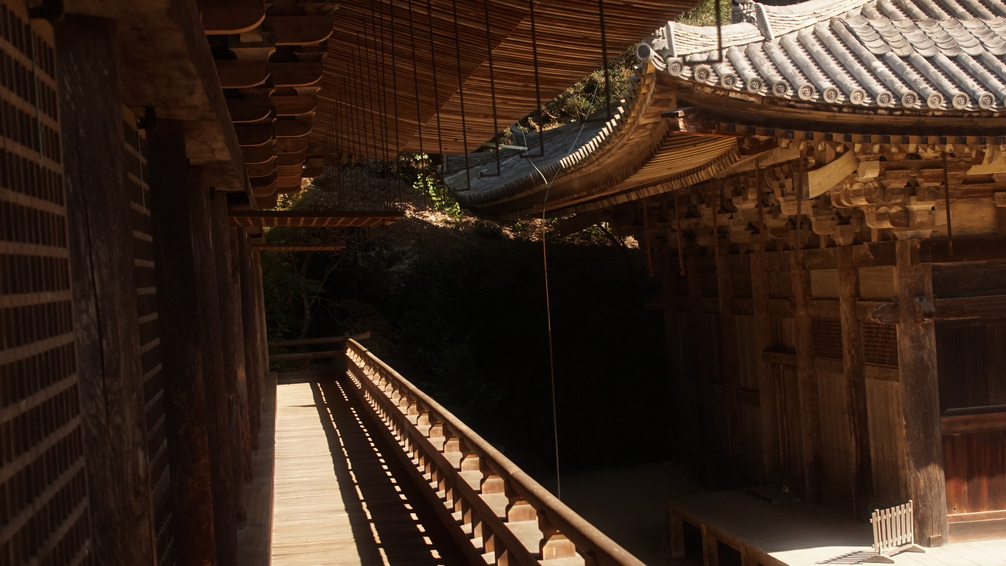
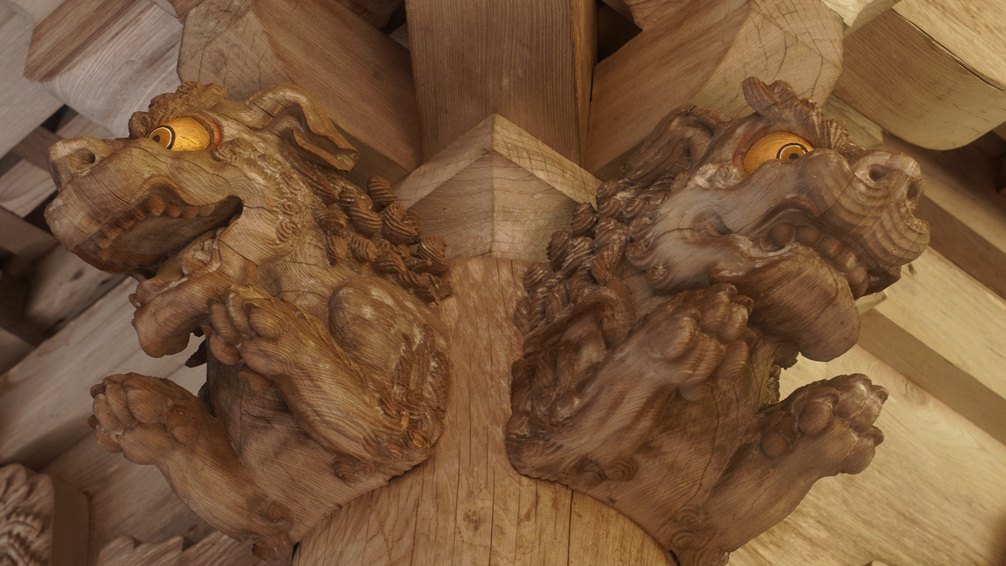
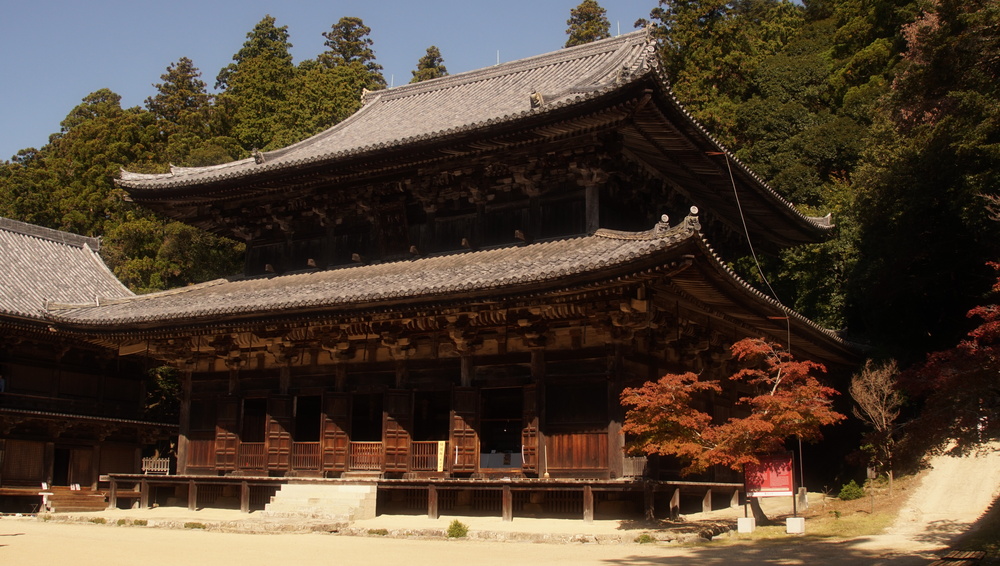
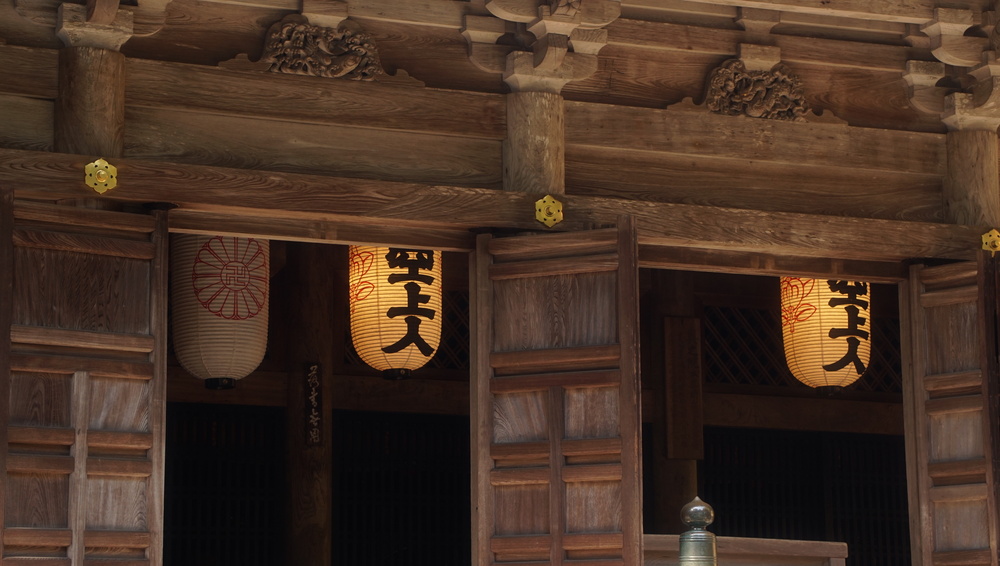
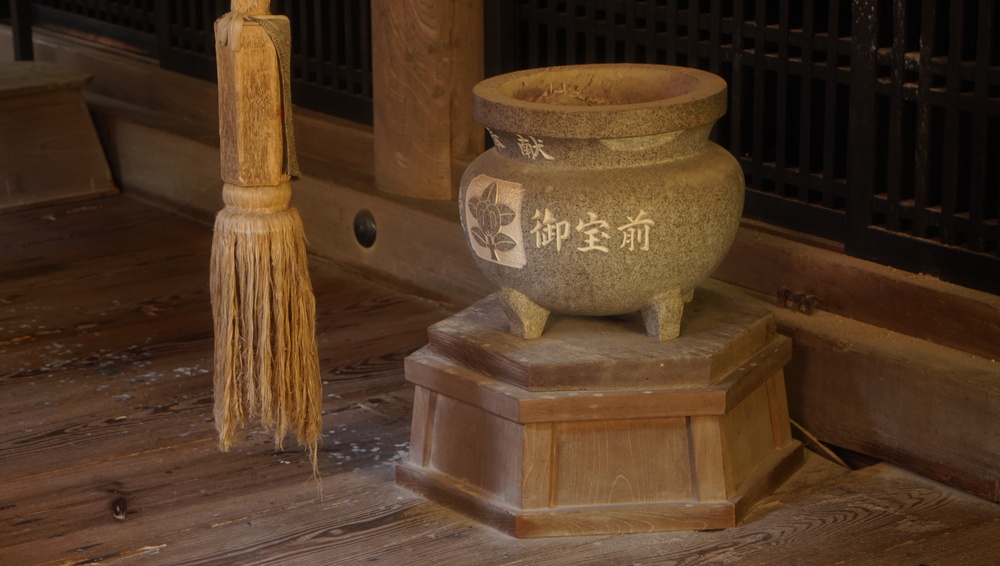
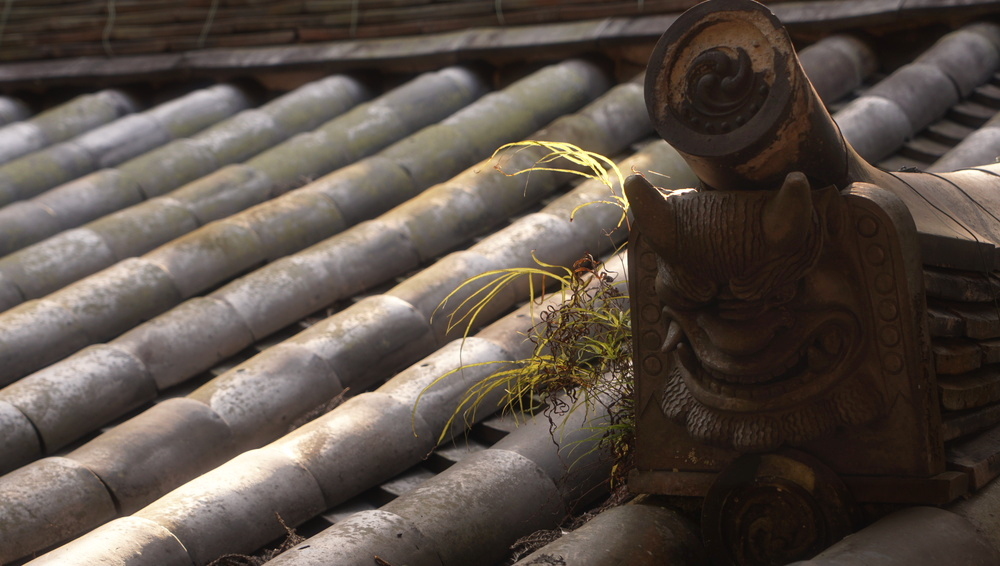
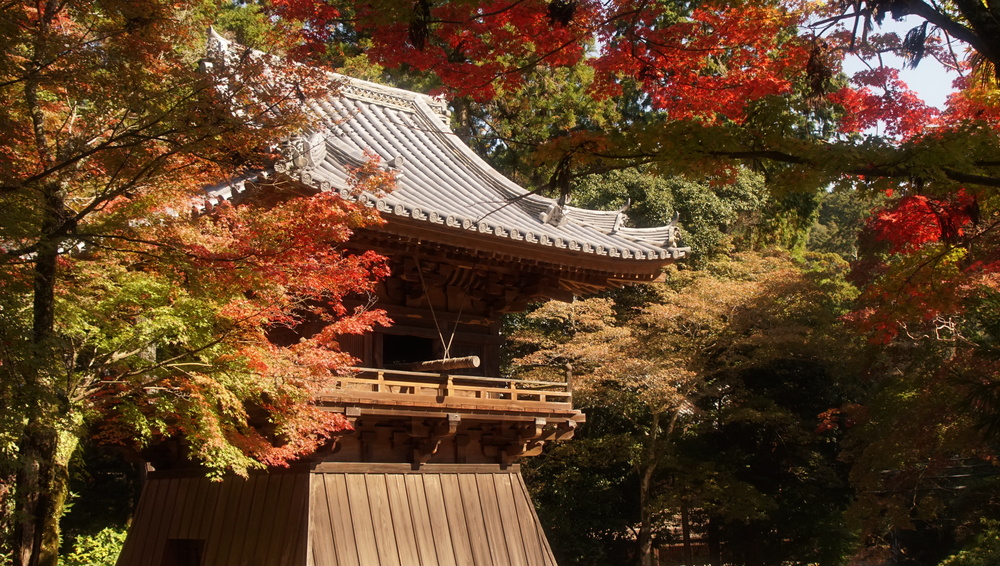
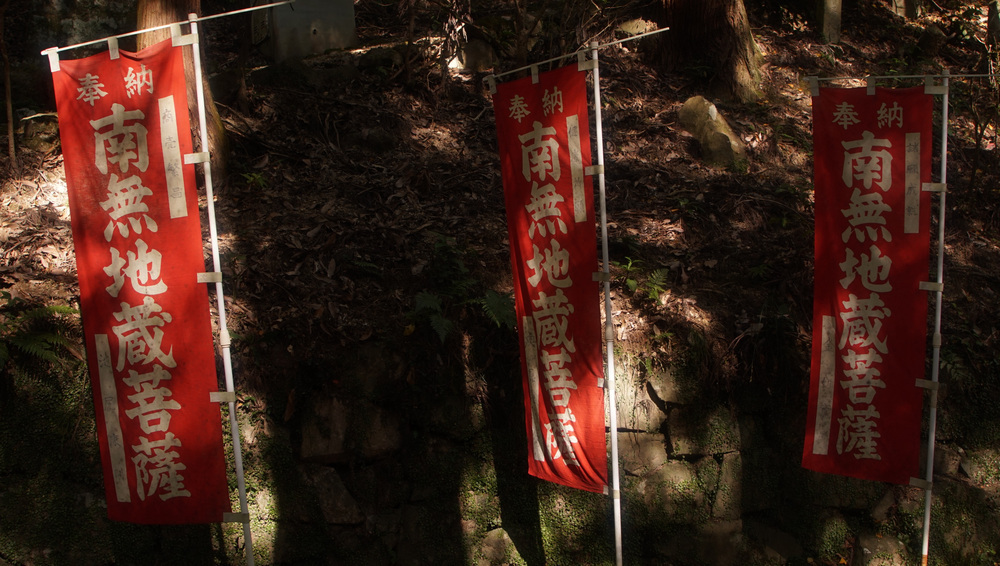
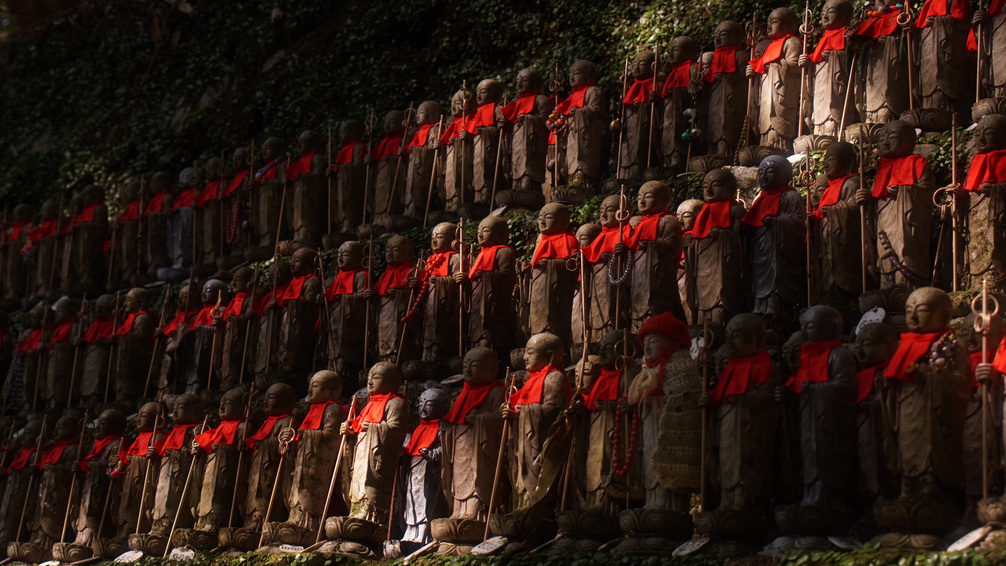
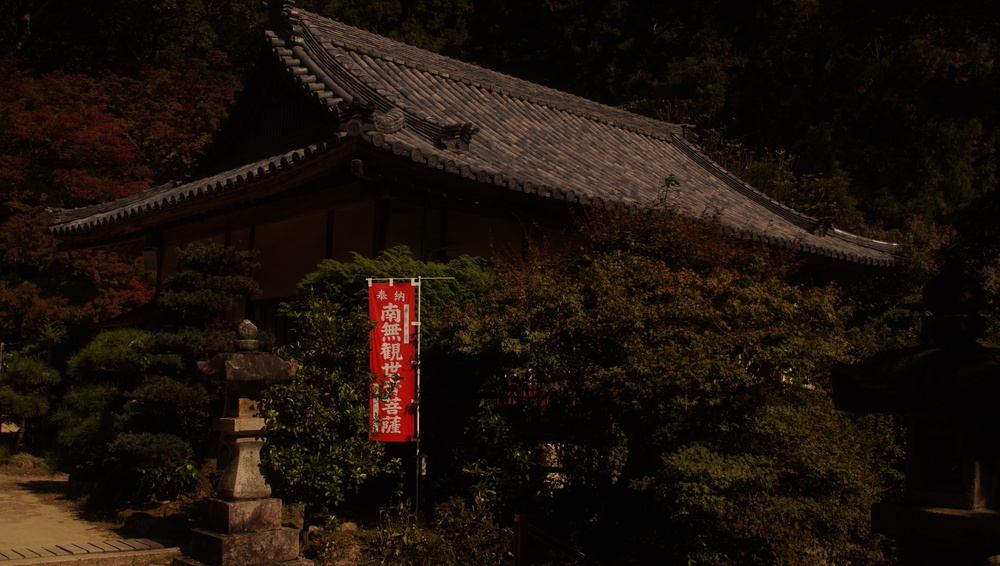
It is such a privilege to be able to spend time at Engyoji. Every time I come here I see new things and feel refreshed. Thank you Kanzeon and Jizo, and I hope to visit you again when I can.

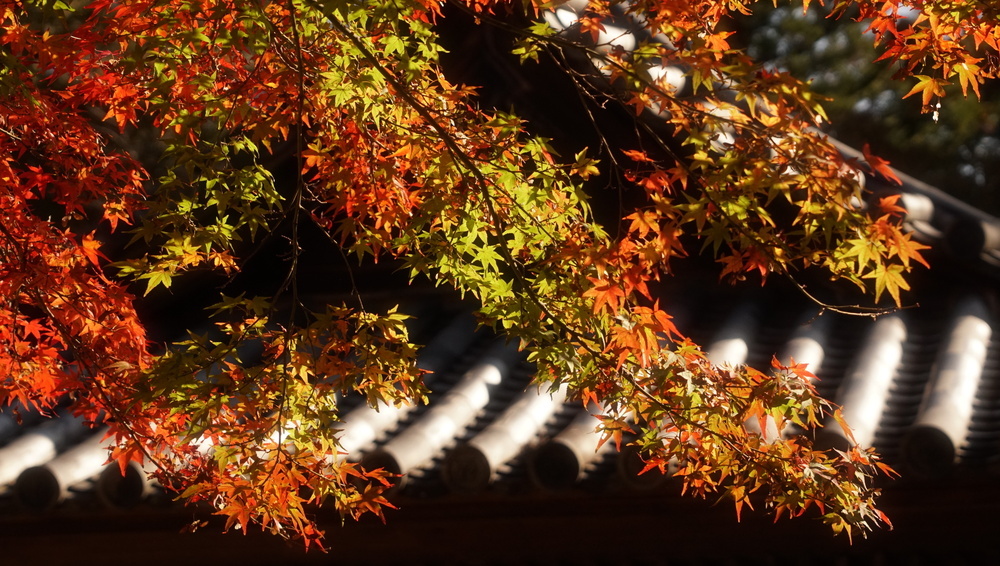
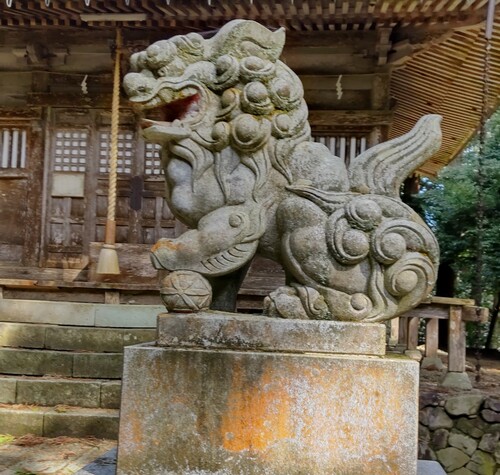
Thank you George for taking me on this walk with you. By its conclusion I found my rate of breathing had dramatically slowed, leading me to a state of calm. I look forward to taking a look at the rest of your blog. The photos and subject matter are stunners.